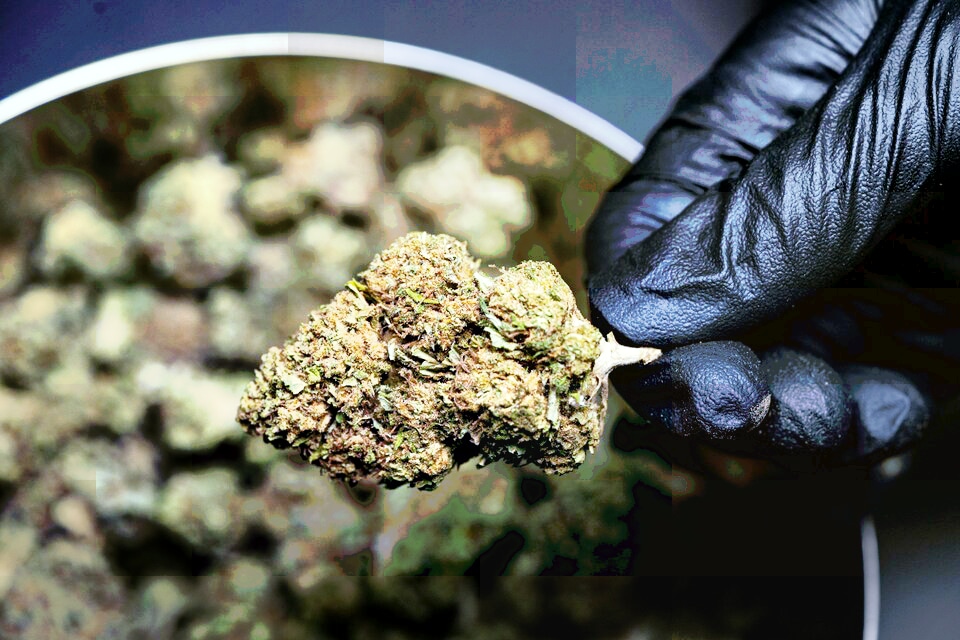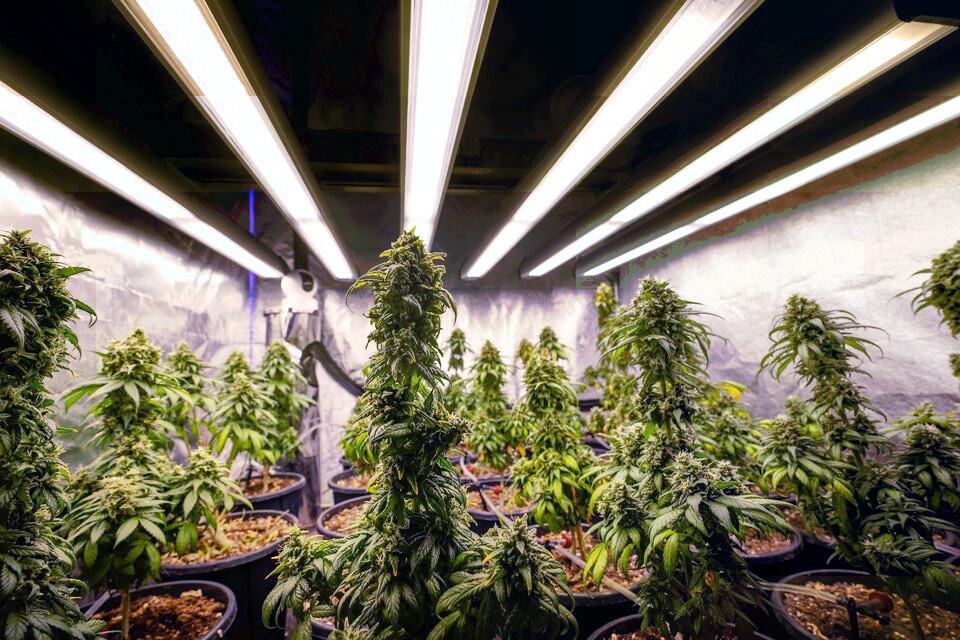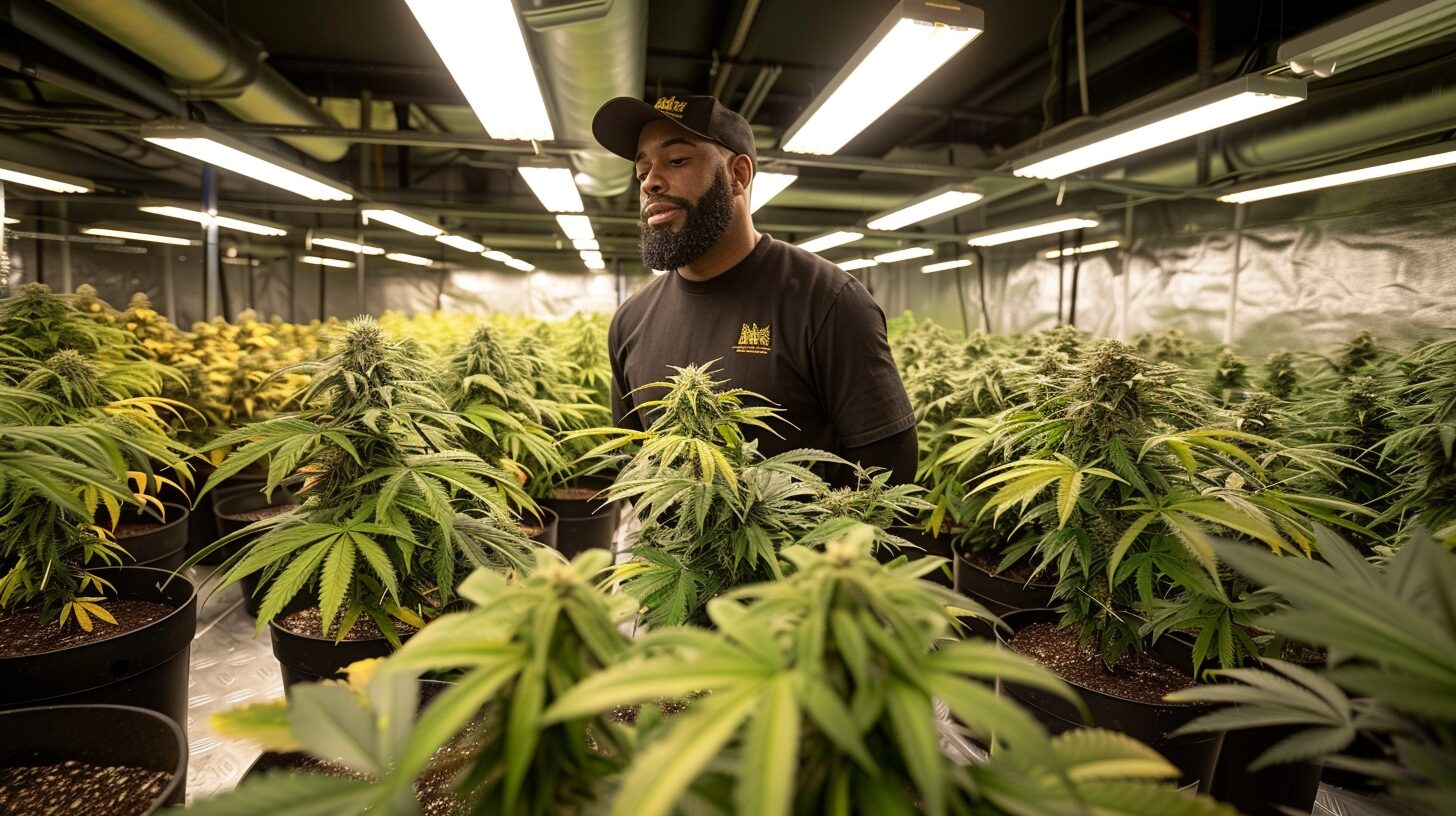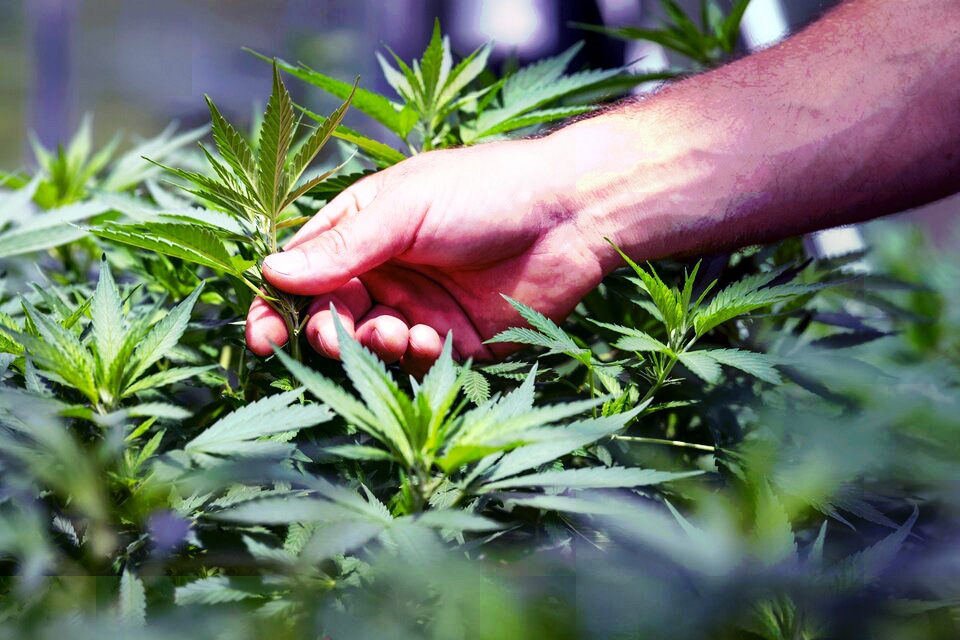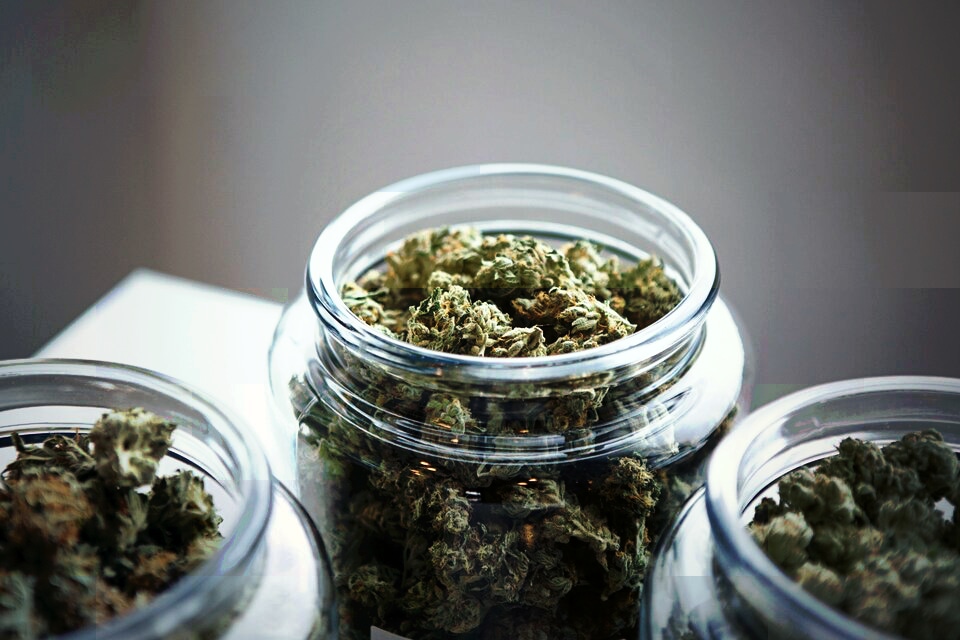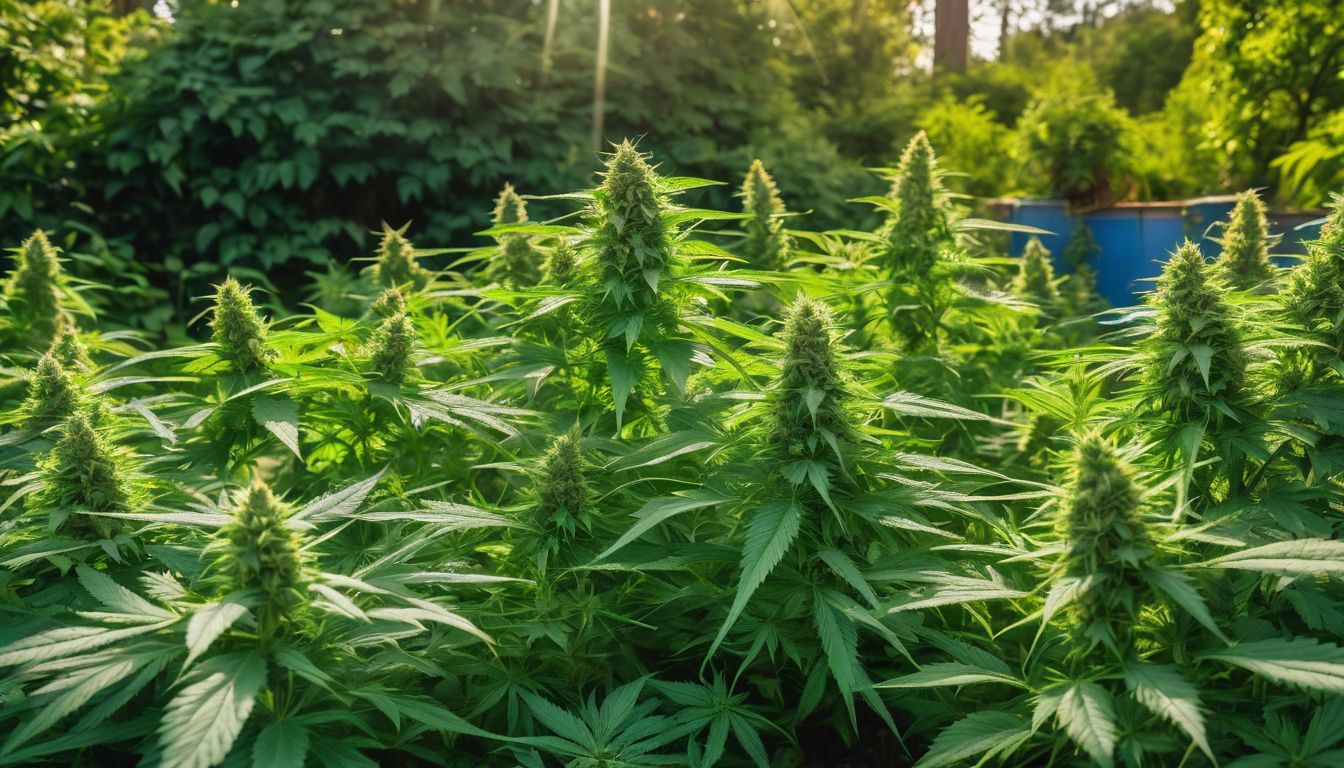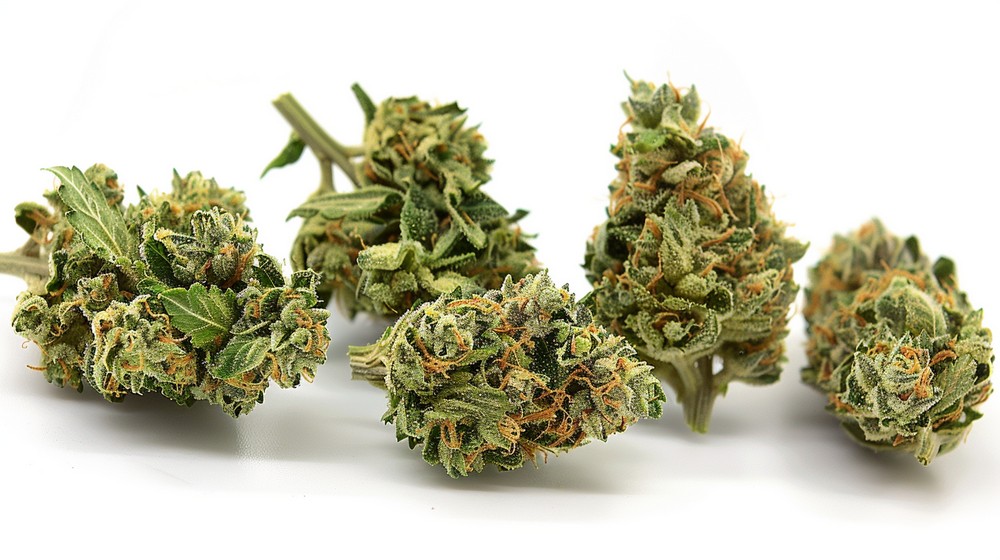Cultivo de 4 Cepas Autoflorescentes e LST em Cannabis
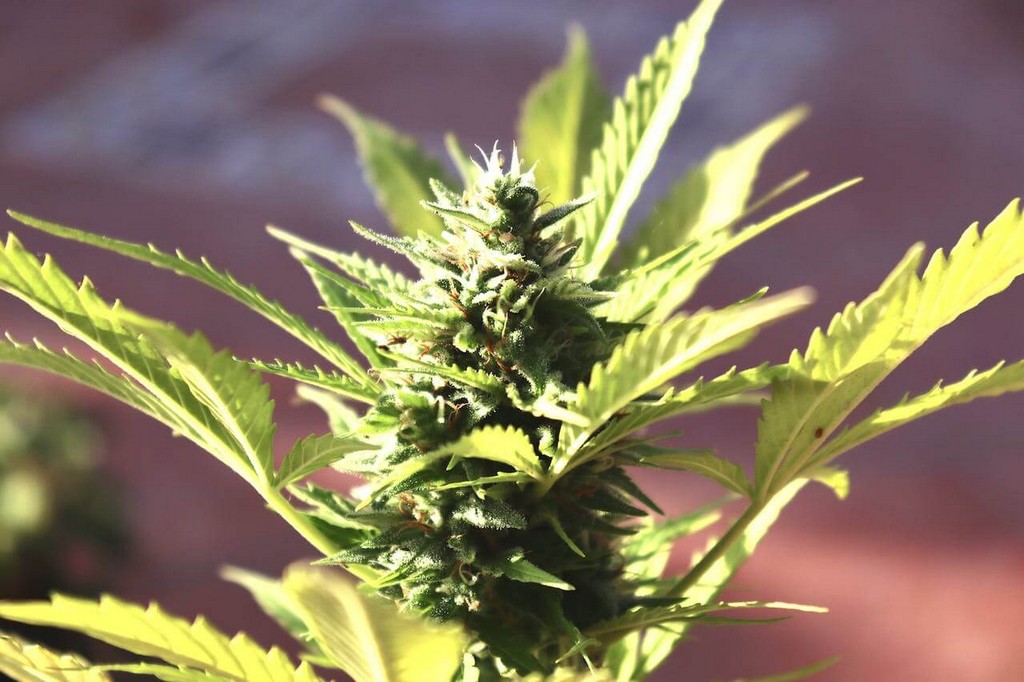
Have you ever encountered your marijuana plants not yielding what you expected? Well, here I’ll tell you that growing autoflowering strains can be a game-changer with the LST technique.
In this post, you’ll discover how low-stress training (LST) can work wonders in your grow, even if it’s your first time. Get ready to revolutionize your garden!
Key Takeaways
- LST techniques help autoflowering marijuana plants grow stronger and yield more buds because the light reaches all their parts better.
- Starting LST when the plants have between 3 and 6 nodes is best to take advantage of their short vegetative stage, and it should not be done once they start flowering.
- With LST, you can use space more efficiently and control the size of the plants, making them ideal for small spaces.
What is Low Stress Training (LST)?
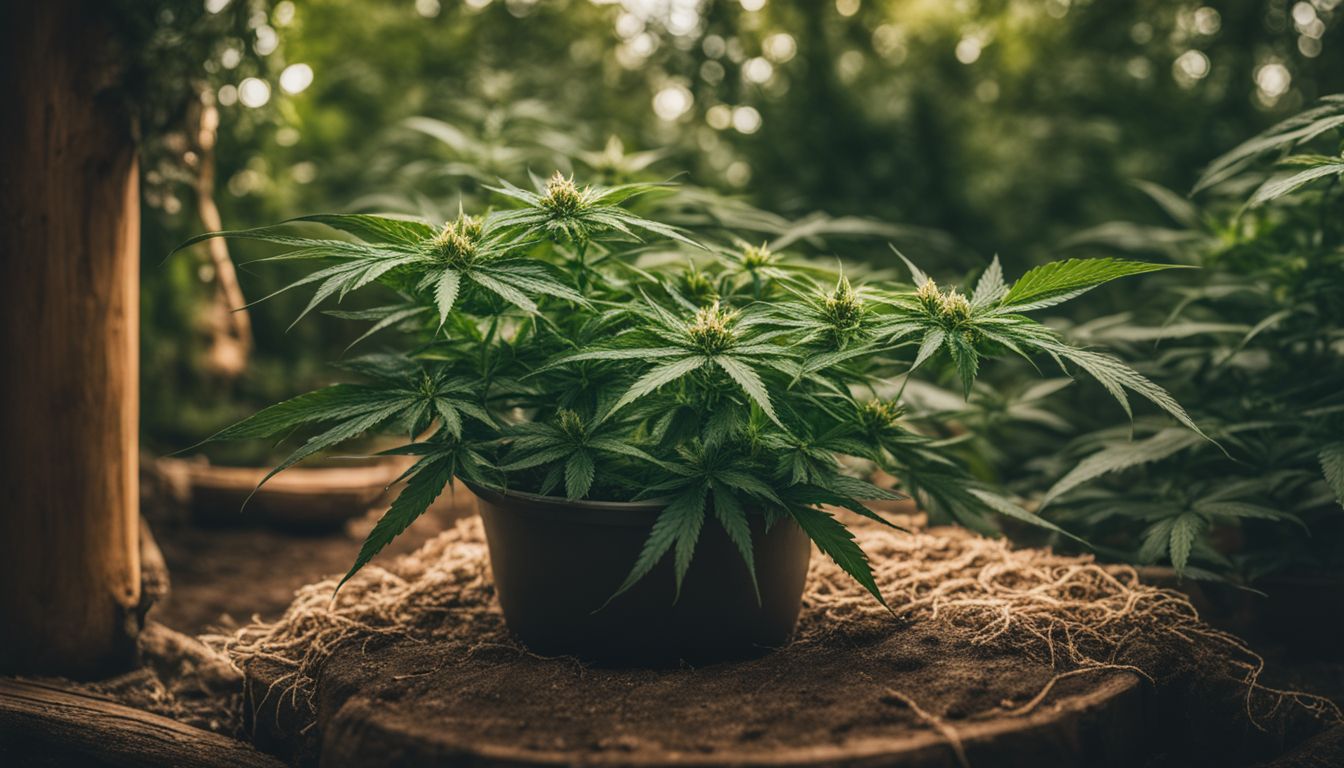
Low Stress Training, or LST, is a way of making marijuana plants grow how we want them to. With this technique, we gently bend and tie the branches and stems.
This way, the plant becomes wider and not as tall. We use strings or ties to keep the plant parts in the right place.
With LST, we avoid hurting the plant. The idea is to change how it grows without cutting or breaking it. This helps more sunlight reach all parts of the plant. That way, it can grow stronger and give us more flowers or “buds”.
It’s like lovingly training a pet instead of punishing it.
Cultivating 4 Autoflowering Strains
Planting different types of autoflowering strains can be an adventure. I decided on four different varieties because each one has its own charm and benefits. It’s incredible to see how, despite sharing the autoflowering gene, they can vary in size, flavor, and effect.
Modern strains, even sativas, adapt well to cultivation with LST due to their open structure that allows better light penetration.
With the seeds ready, the enthusiasm grows just like my little plants. The speed of these varieties is fascinating; in a short time, they go from being seeds to flowering plants. The importance of starting early with LST to take full advantage of their short vegetative stage becomes evident.
Now, let’s move on to my first attempt at LST in my grow; hopefully, I’ll share some useful tricks and what to expect if you try it.
First Attempt at LST in Marijuana Cultivation
In my first rodeo applying LST to my beloved autoflowering plants, I dove into the world of tying and gentle manipulation; keep reading to discover how these techniques can revolutionize your grows!
Down-Tying Technique
The down-tying technique helps plants grow better. It’s an easy and effective way to get more light to all parts of the plant.
- First, choose a good wire or string. It should be soft so as not to damage the plant, but strong enough to support it.
- Find the perfect timing. With 4 nodes, it’s time to start LST. Use the wire between the third and fourth node.
- Slowly bend the tip of your plant downward. You must be careful not to break it.
- Tie the bent tip to a stake or the edge of the pot. This way you control how it grows.
- Make sure light reaches all sides. With LST, the lower branches receive more sun.
- Observe how your plant responds. If you see it needs adjustments, make them carefully.
- Continue with this method until you see your plant is no longer growing.
Screen of Green (SCROG) Method
The SCROG method is a great trick to get more marijuana from your plants. A mesh or screen is used so the plants grow flat and catch all the light.
- Prepare your mesh or screen before the plants are too big.
- As the plants grow, gently guide them under the mesh.
- Keep all the branches at the same height, so each part receives equal light.
- Be patient with the little plants as you train them to grow horizontally.
- This technique helps to maximize your space if you don’t have much room to grow.
- Choose strains that adapt well to SCROG; some grow better with this shape.
Vertical SCROG Method
The vertical SCROG is a creative variation of the traditional method. This technique uses the walls or corner of a grow space to optimize the use of light.
- A structure with meshes placed vertically along the walls is assembled.
- The plants grow horizontally from the center outward, guided by the grid.
- It’s ideal for small spaces or unused corners, taking full advantage of every ray of light.
- Growers gently tie the branches to the mesh, guiding them through the holes as they grow.
- This helps ensure that all the “bud sites” receive equal amounts of light and air.
- As the plants grow, their position is continually adjusted to keep them in the desired plane.
- This technique improves light penetration and can increase the total yield of the grow.
Sea of Green (SOG) Method
The sea of green method, or SOG, is popular among growers. Its goal is to maximize space and light.
- You choose small plants to start.
- You place them close together so they cover the entire space.
- In a short time, each plant flowers.
- Prune the lower branches. This way, the energy goes to the top buds.
- With SOG, the harvest comes fast.
- This method helps to manage tall plants in low spaces.
Growing Autoflowers Outdoors
Growing autoflowers outdoors is great if you’re looking for a high yield. These plants don’t depend on light cycles to flower, so you can get incredible harvests.
Simply plant the seeds and let nature do the rest. Make sure they get plenty of sunlight and protect them from bad weather.
Using large pots helps the roots expand and the plants grow strong. Give your autoflowers love and attention, and in about 70-80 days, you’ll be ready to harvest.
Can you imagine that? Your own plants, growing under the open sky, yielding fruit without complications.
Why Use LST?
If you’ve ever wondered how to get the most out of your plants without stressing them, Low Stress Training is your perfect ally; keep reading to discover the art of maximizing your yield with this surprisingly simple method.
Maximize Production
LST can make your marijuana plants yield more. Imagine this: all parts of the plant receive sunlight, grow strong, and produce many buds. You use techniques like SCROG or SOG.
This way, the lower branches also become big and strong. With autoflowering plants, this way of training is important because they grow fast and don’t have much time to stretch out.
Doing LST is like telling your plant, “Let’s grow everywhere!” The branches that were once down low are now up high and have more light to grow big. That way, you don’t waste space because all parts of the plant work together.
Plus, combining LST with HST further increases production. It’s like having a team of stars in your garden!
Denser Buds
Doing LST on your plants can give them stronger, tighter buds. This is great because we all love big, dense buds. With LST, the lower branches receive more light, and that helps them grow better.
Think about it; plants are like people, if they get enough light, they develop well. That’s why, when using LST, you make every part of the plant get sunlight, and that greatly improves it.
With these techniques, you’re helping your plants bring out the best in themselves. The light reaches everywhere, and that makes your buds become fat and juicy. It’s like giving them an extra push to get strong.
Can you imagine your garden full of these dense buds? That’s possible with some practice in LST.
Get Light to Lower Branches
Plants love light, and why wouldn’t they? With LST, every leaf and branch receives its dose of sun or lamp. Imagine the lower branches are like little suns that want to shine.
With good training, we give them a chance to capture light. This not only makes them happy, but it also helps the whole plant grow strong and give us more flowers.
It’s not magic, it’s pure garden science. By gently bending and tying, we open up a new world for those hidden branches. This way, we help every part of the plant become filled with energy.
In the end, every little piece of our plant participates in the growth party, and that means a bigger harvest for us!
Reduce Required Space
LST makes marijuana plants use less space. It’s great for small places because you can have more plants close together. With LST, you bend and tie the branches, so the plant doesn’t get as tall and takes up less space above.
The light reaches better all parts of the plant. This helps each part grow strong and healthy. Can you imagine a lush green marijuana garden without needing a large room? Now, let’s see how to manage the timing for starting and stopping LST in autoflowers.
Control Stretching
Less space and yet, boy, do the plants want to grow tall! That’s something we want to manage. With the LST technique, we can keep those green friends at a good height.
This is key because if they get too tall, they might not receive all the light they need.
Using LST, we bend and tie the branches to shape the plant. This makes them not stretch as much upwards and instead grow wider and stronger. Plus, we avoid the stress of cutting them, which could do more harm.
It’s like telling them, “Take it easy, girls, we’re going to grow together but without touching the ceiling!” And of course, by getting more light to all their parts, they’re happier and give us better results.
When to Start and Stop LST in Autoflowers?
It’s key to start LST when the autoflowers are young. Imagine, they barely have a few nodes and it’s already time to start! Between 3 and 6 nodes is the perfect time. Think of them as teenagers ready to explore.
But be careful, don’t delay too much. These plants don’t wait for anyone and in the blink of an eye, like two to four weeks, they’re already flowering.
During the vegetative phase is when you should act, using gentle techniques to guide their growth. Don’t use too much force; treat your plants with love, like they’re your pets.
And remember, once the flowers start to appear, it’s best to leave them be. Then yes, let them stretch and reach for the sun, because you’ve done your part. Now, have you wondered how all this affects the end result? Let’s take a look at the benefits and drawbacks of training these little green speed racers.
Benefits and Drawbacks of Training Autoflowers
Having discussed the opportune time to start and finish LST on our autoflowering friends, it’s natural to wonder about the final balance between the good and the not-so-good of this technique. Below, I’ve provided a table with a glimpse of the pros and cons of applying LST to the cultivation of these unique varieties.
| Benefits | Drawbacks |
|---|---|
| Maximizes light exposure, increasing grow efficiency. | Can be a delicate process that requires time and patience. |
| Plants grow shorter and more manageable, facilitating space control. | If done incorrectly, there is a risk of stress or damage to the plant. |
| Can improve yield and bud density, ensuring better returns. | Autoflowers have a short life cycle; mistakes can negatively impact the final harvest. |
| Light reaches the lower branches, promoting more uniform growth. | Requires constant monitoring and adjustments during growth. |
| Reduces the plant’s height profile, ideal for spaces with limited height. | Not recommended for novice growers without proper research and practice. |
| Controls excessive stretching, which is crucial for autoflowers. | LST techniques may vary between strains, requiring adaptation and experience. |
Autoflowers are true gems for their ability to offer us multiple harvests per year and their manageability. However, like everything in life, LST comes with its challenges. That said, with a little effort and attention to detail, you can get the most out of your little plants, and believe me, they will thank you tenfold!
Tips for Improving Your Technique
To improve your LST technique in marijuana cultivation, there are some tips that can help. Try these tricks for better results with your plants.
- Use soft ties like cloth or rubber strips to avoid damaging the stems.
- Start training when the young plant is strong enough, usually after having three sets of leaves.
- Keep the main branches lower than the central tip to promote lateral growth.
- Carefully adjust the ties as the plant grows and avoid tightening too much.
- Train the branches slowly, bending them a little more each day to avoid breaking them.
- Observe how the plant responds to LST and learn from it; each one may react differently.
- Give your autoflowering plants some time after training to recover before entering the flowering phase.
Is It Better to Cut or Train LST Cannabis Plants?
Some growers prefer to cut the plants to shape them. But this can be harsh for them. With LST, you gently bend and tie them. This way, you avoid the stress that large cuts can cause.
The branches spread out and the light reaches better to all parts. This helps the plant grow strong and produce more flowers.
Training with LST has its advantages. You don’t break the plant, you just guide it. That allows it to recover quickly and continue growing without problems. Plus, with LST you can make your plants use the space more efficiently.
And that way you get more out of every corner of your cannabis garden.
Conclusion
Growing with LST is like opening the doors of the sun to your plants. Imagine all those little leaves bathed in light! The autoflowers will thank you with fat, happy buds.
And don’t worry if it’s your first time, it’s like learning to ride a bike, you’ll soon be a pro! So, let’s get to work and start growing!
If you’re interested in learning more about how to grow these varieties outdoors, visit our complete guide [here](https://gringograss.com/cultivo/marijuana-growing-growing-autoflowers-outdoors/).
Frequently Asked Questions
1. What is LST that I can use on my autoflowers?
LST, or “low stress training,” is a gentle technique for training your marijuana plants. It consists of bending and tying the branches to improve light penetration and make the plant grow wider. It’s like telling your little plants, “Come on, take all the sun you can!”
2. Can I mix LST with SCROG for my autoflowers?
Of course! SCROG, or “screen of green,” is like a net that supports your plants. If you’re doing LST, you can add a SCROG to help keep the branches in place. It’s like giving them a little bed to rest on while they grow strong and beautiful.
3. When should I start LST on my autoflowering cannabis plants?
The best time to start LST is in the vegetative phase of your plants, when they’re young and flexible. Think of them as acrobats; the younger they are, the easier they are to train!
4. Is it difficult to germinate autoflowering cannabis seeds?
Don’t worry, germinating autoflowering cannabis seeds is legal in many places and not that difficult. You just need to follow the instructions and give them love and care from the seedling stage to the flowering stage.
5. What do I do if the branches of my plants don’t stay where I tie them for LST?
If your branches are a bit rebellious, try using plant ties or bamboo stakes to gently guide them. It’s like giving them a little nudge to know where to go without stressing them out. Have patience and you’ll see them cooperate!

